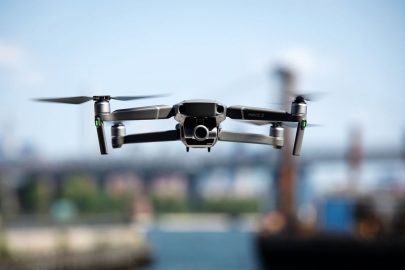You’re a Marine operating with your squad at a forward location with little cover. A lookout spots a small, lightweight drone — not a friendly — flying far overhead. What do you do?
A new manual independently compiled by 11 seasoned Marines and veterans aims to answer that question and provide much more guidance to ground troops seeking to avoid detection against a growing enemy threat. Published at the end of June, the 96-page guide proposes a Standard Operating Procedure, or SOP, for Marines training for and operating in an environment where enemy drones, more formally known as unmanned aerial systems, are part of the terrain.
Published on the unofficial infantry skills training website 2ndbn5thmar.com, the guide proposes code words Marines can use to signal that a UAS has been spotted; to tell the unit to camouflage itself; and to order an attack on the drone. It also offers detailed guidance on effective camouflage, building on existing practices such as covering a helmet with foliage and a vehicle with netting and adding in newer precautions such as heat signature masking.
The Marine Corps has yet to publish official training and readiness manuals for the force that address enemy UAS camouflage protocol with this level of specificity. But that’s common, said Capt. Walker Mills, a co-author of the new SOP manual.
Mills, who is now an exchange officer at the Colombian Naval Academy in Cartagena, told Military.com that developing new military procedures and protocols often begins as a decentralized process. While serving as a platoon commander at 2nd Battalion, 1st Marines, out of Camp Pendleton, California, Mills said he had written his own after-action review for his battalion following an exercise in which an RQ-11 Raven drone was used to simulate an enemy UAS.
Read more: Military.com
Ask me anything
Explore related questions





